GCC Graph Analytics Market Segment Insights
Graph Analytics Market Application Insights
The Application segment of the GCC Graph Analytics Market is a pivotal area that is expected to witness significant advancements as organizations increasingly recognize the value of graph analytics in their operations. Fraud Detection is a key area where graph analytics plays a critical role, particularly in the GCC region, known for its rapid digital transformation and financial innovation, helping institutions better identify unusual patterns and potential fraudulent activities. Social Network Analysis has also gained prominence, as businesses leverage data connections to understand customer behavior and improve marketing strategies, which is essential in a diverse market such as GCC, where social dynamics heavily influence consumer decisions.
Recommendation Systems are becoming a fundamental piece of the customer experience, enabling companies to deliver personalized recommendations and improve user engagement, thus driving growth in e-commerce and retail sectors in the GCC. Moreover, Risk Management applications utilize intricate relationships among data points to assess potential risks, allowing businesses to implement proactive measures, particularly in sectors like finance and insurance, which are crucial for the GCC’s economy. Knowledge Graphs facilitate better data organization and retrieval, enhancing business intelligence capabilities and empowering decision makers with timely insights.
Collectively, these applications underline the importance of harnessing GCC Graph Analytics Market data, elevating the overall value for organizations by optimizing processes, fostering innovation, and supporting strategic decision-making in an ever-evolving economic landscape. As GCC continues to invest in technological advancements and data analytics, the growth of graph analytics in these applications is expected to reshape industries and offer new opportunities for businesses to thrive.
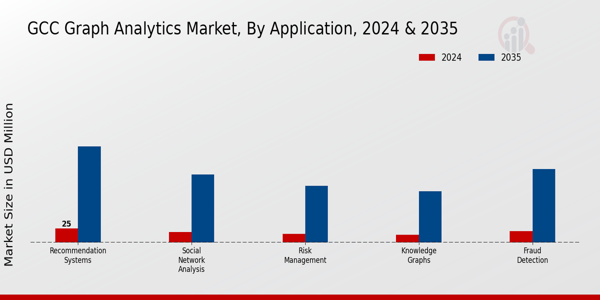
Source: Primary Research, Secondary Research, MRFR Database and Analyst Review
Graph Analytics Market Deployment Mode Insights
The Deployment Mode segment of the GCC Graph Analytics Market has gained significant traction due to the increasing demand for robust data management solutions. The On-Premises model provides organizations with a high level of control and security, making it a preferred choice for sectors such as finance and healthcare, where data sensitivity is paramount. On the other hand, the Cloud-Based deployment is rapidly growing in popularity, driven by the benefits of scalability, cost-effectiveness, and flexibility, appealing to various industries looking to streamline operations and enhance data accessibility.
The Hybrid approach captures the advantages of both On-Premises and Cloud-Based models, allowing businesses in the GCC region to customize their data strategies according to specific needs, thus facilitating better resource allocation and performance optimization. As organizations across GCC countries embrace digital transformation initiatives, the adoption of these deployment modes is expected to play a critical role in maximizing the overall value derived from graph analytics solutions. This diversification reflects the unique market dynamics prevalent in the GCC, underscoring the increasing emphasis on innovative analytical tools to drive business growth and informed decision-making.
Graph Analytics Market End User Insights
The End User segment of the GCC Graph Analytics Market is diverse and crucial for driving advancements across various industries. Within this landscape, sectors like Banking, Financial Services, and Insurance (BFSI) leverage graph analytics to enhance fraud detection and risk management, enabling rapid decision-making and improved customer service. The Retail industry benefits significantly from graph analytics through personalized marketing strategies and inventory optimization, helping businesses streamline operations and enhance customer engagement.Telecommunications companies utilize graph-based approaches for network optimization and customer experience enhancement, gaining insights into user behavior and preferences.
In Healthcare, graph analytics aid in patient data management and treatment optimization, contributing to improved health outcomes and operational efficiency. Meanwhile, Government entities utilize these analytics for smart city initiatives and public safety, facilitating data-driven decision-making for better resource allocation. Overall, the GCC graph analytics market segmentation reflects a growing trend towards data-driven insights, which are pivotal for operational excellence and strategic growth in these key sectors.
Graph Analytics Market Component Insights
The GCC Graph Analytics Market, particularly within the Component segment, exhibits significant growth potential driven by the increasing demand for data-driven decision-making in various industries. This segment is primarily composed of Software and Services, which are critical for enabling organizations to derive meaningful insights from complex datasets. Software solutions are pivotal as they provide the tools necessary for real-time data analysis and visualization, allowing businesses to optimize their operations and enhance customer experiences.
Similarly, the Services aspect plays a crucial role in supporting organizations with integration, consultation, and custom development, ensuring that they can effectively utilize graph analytics technologies. The interplay between these components is fueling greater adoption in sectors such as banking, telecommunications, and healthcare within the GCC region, as businesses strive to leverage their datasets for competitive advantage. Moreover, the GCC region's focus on digital transformation and innovation is propelling advancements in graph analytics, further solidifying the importance of Software and Services in meeting the evolving needs of enterprises.As organizations in the GCC increasingly embrace these solutions, the Component segment is expected to witness robust demand, ultimately contributing to the overall GCC Graph Analytics Market growth.


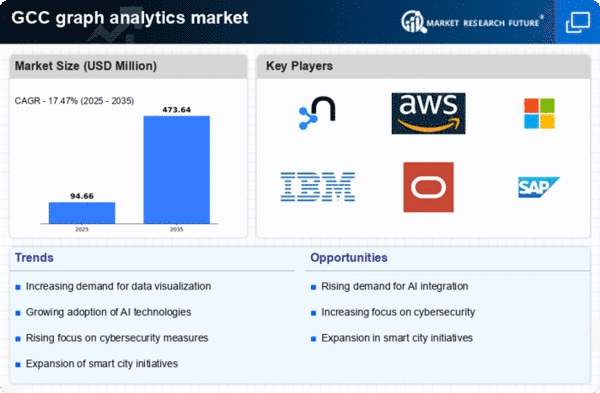

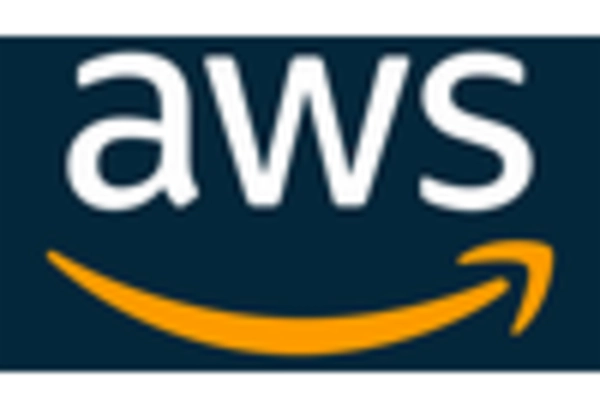
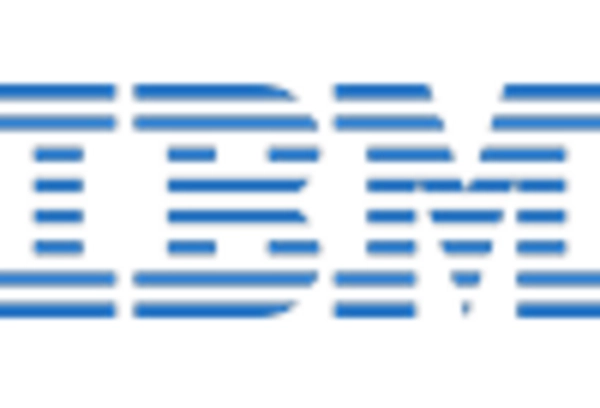

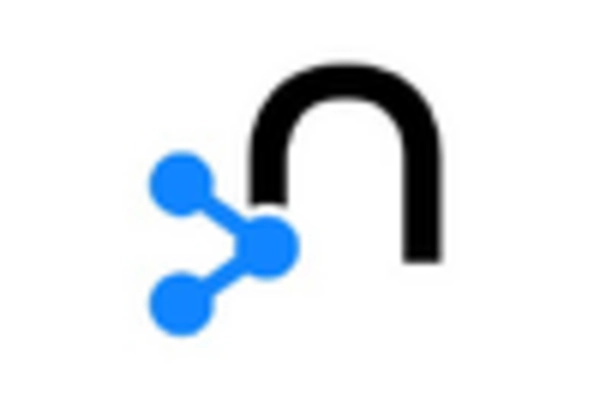
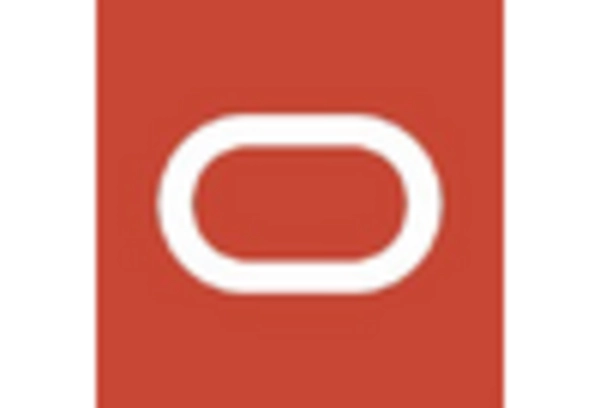
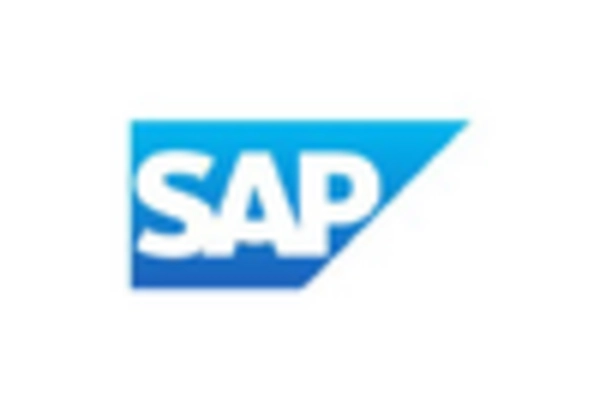








Leave a Comment